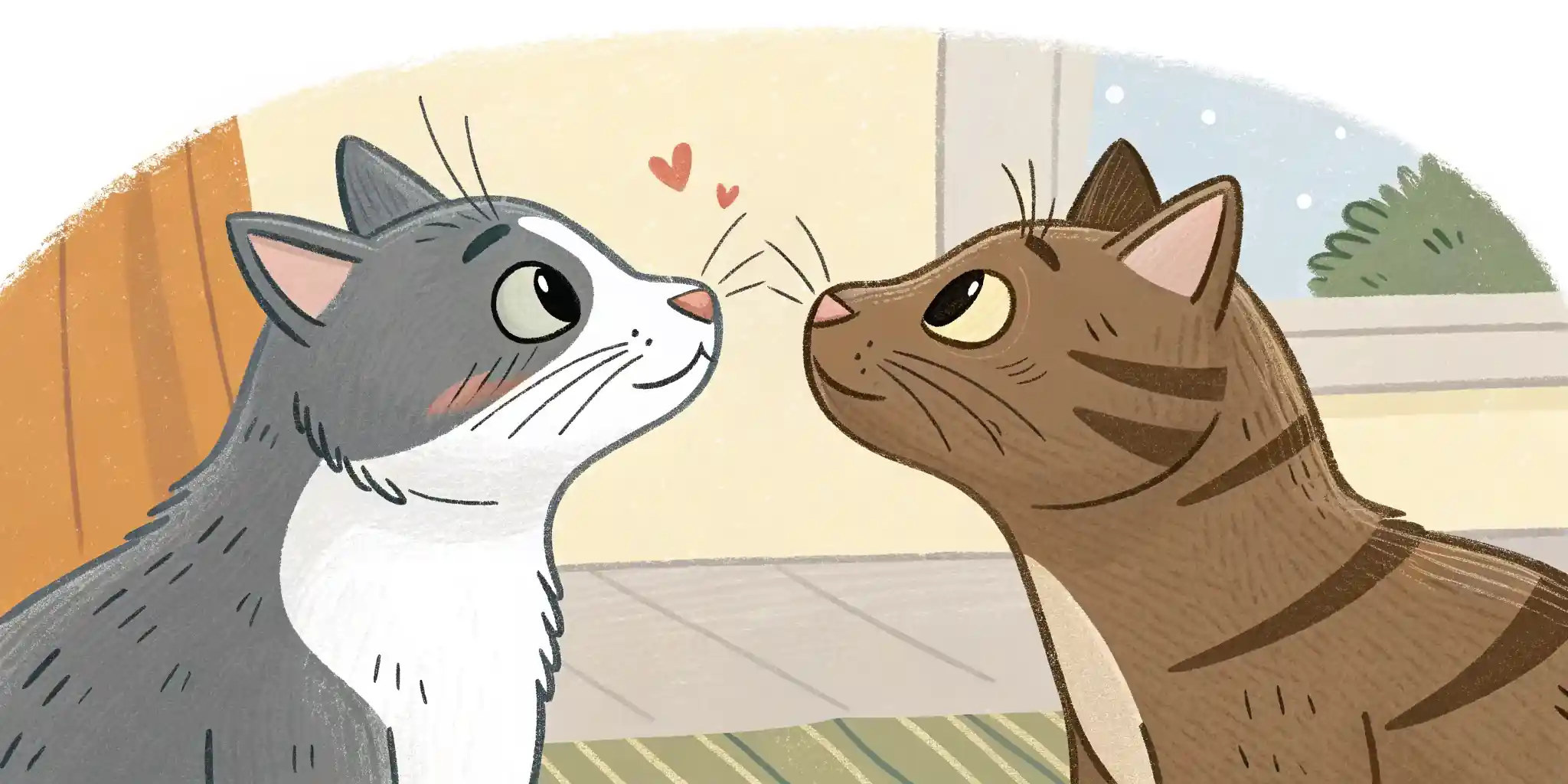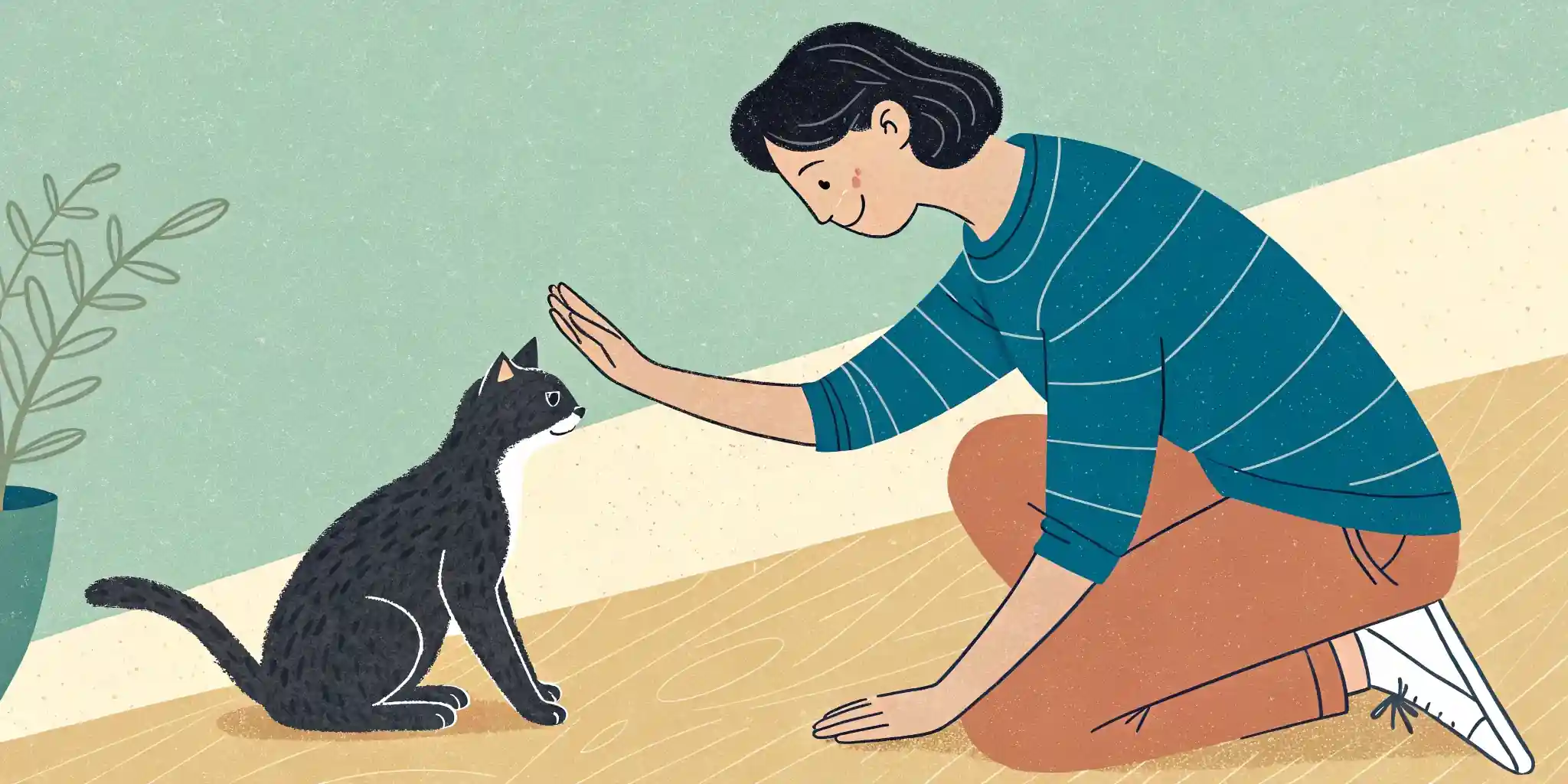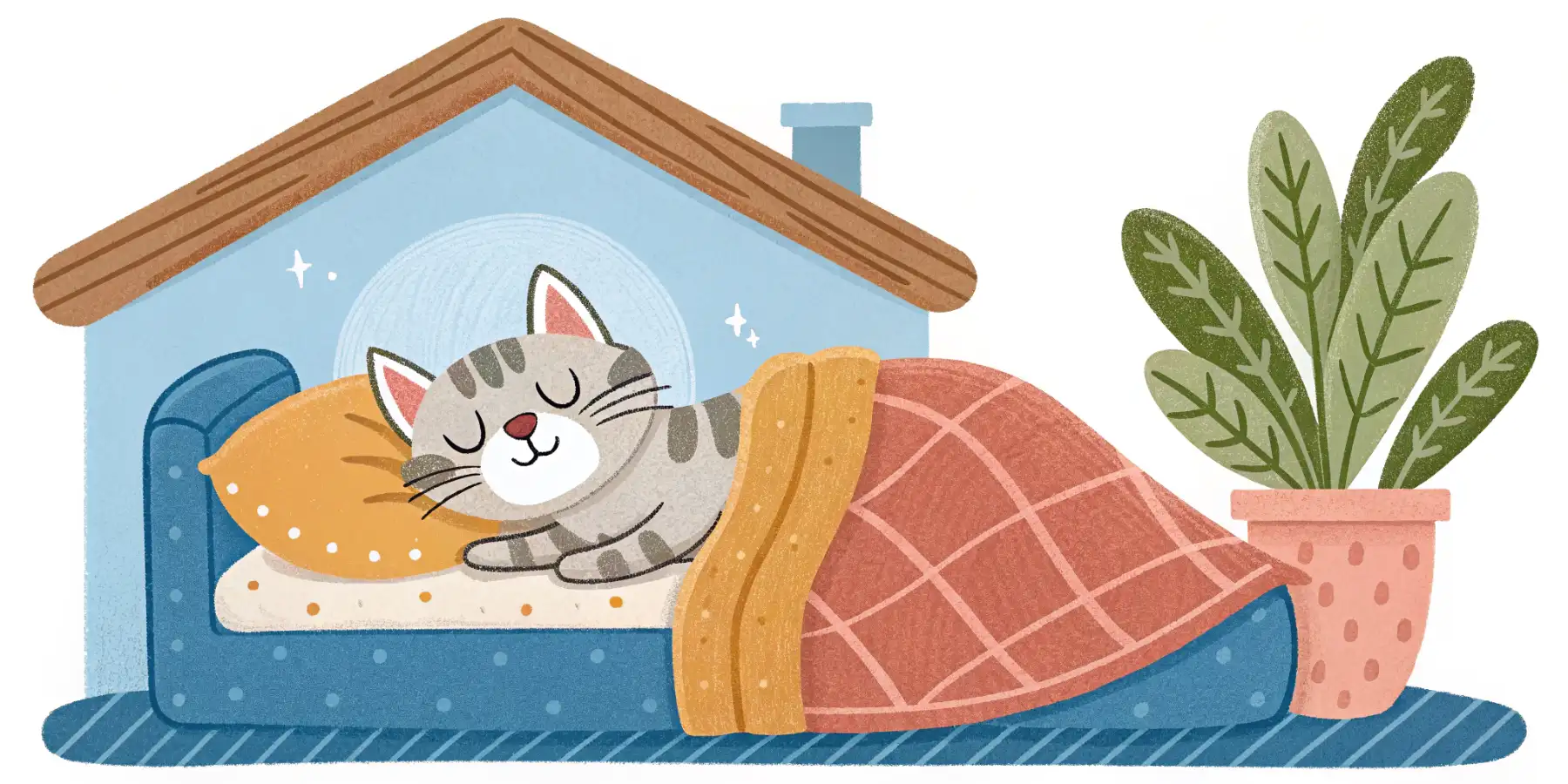
Decoding Your Cat: Behavior Explained!
Is your cat a mystery? 🤔 Decode baffling *cat behavior* & finally understand those purrs, hisses & head boops! Click to learn more!
Decoding the Feline Enigma: Understanding Your Cat’s Behavior
Cats. They’re enigmatic, graceful, and sometimes downright baffling. As a veterinarian for over 15 years, I’ve heard countless pet owners say, “I just don’t understand my cat!” And honestly, I get it. Unlike dogs, who often wear their hearts on their furry sleeves, cats communicate in more subtle, nuanced ways. But fear not, fellow feline enthusiasts! This guide is your key to unlocking the secrets of cat behavior, helping you understand your feline friend’s body language, vocalizations, and social needs. We’ll delve into how to improve your cat’s quality of life by understanding their unique needs.
The Silent Language: Deciphering Cat Body Language
Cats are masters of non-verbal communication. Paying attention to their posture, eyes, ears, and tail can reveal a wealth of information about their emotional state.
-
Posture: A relaxed cat will often be lying down, stretched out, or sitting comfortably with their paws tucked underneath them. A tense cat may be crouched low to the ground, ready to flee. An arched back with fur standing on end is a sign of fear or aggression, absolutely not an invitation for a belly rub!
-
Eyes: A slow blink is a sign of affection and trust. Try slow blinking back at your cat – it’s like giving them a feline hug. Dilated pupils can indicate excitement, fear, or even playfulness. Narrowed pupils often signal aggression.
-
Ears: Ears pointed forward usually mean a cat is alert and interested. Ears turned to the side or flattened against the head indicate fear, anxiety, or aggression. Twitching ears can also suggest that your cat is annoyed or overstimulated.
-
Tail: A tail held high in the air generally indicates happiness and confidence. A twitching tail can mean excitement or irritation, depending on the context. A tucked tail signals fear or submission. A puffed-up tail, especially when combined with an arched back, is a clear warning sign.

A relaxed cat displaying clear signs of comfort and contentment.
Recognizing signs of cat anxiety and stress. I believe that learning to recognize these subtle signals is the first step towards building a stronger bond with your cat and improving its overall well-being.
Meows, Purrs, and Hisses: Understanding Cat Vocalizations
Cats use a variety of vocalizations to communicate with humans and other animals. While meowing is primarily reserved for interacting with people, other sounds offer insights into their emotional state.
-
Meows: Meows can mean anything from “I’m hungry!” to “Pay attention to me!” to “I’m so glad you’re home!” Pay attention to the context of the meow to understand what your cat is trying to tell you. Is it a short, high-pitched meow? A long, drawn-out wail? The nuances matter.
-
Purrs: Purring is usually a sign of contentment, but it can also indicate that a cat is injured or stressed. In those cases, purring is thought to be a self-soothing mechanism.
-
Hisses and Growls: These are clear warning signs that a cat is feeling threatened or aggressive. Back away slowly and give the cat space.
-
Chattering: That strange chattering sound your cat makes when it sees a bird or squirrel? It’s thought to be a combination of excitement and frustration, a predatory behavior instinct kicking in.
Long-tail keyword: decoding different types of cat meows and their meanings. I’ve found that keeping a “cat communication journal,” even for just a week or two, can dramatically improve your understanding of your cat’s unique vocalizations.
More Than Just Solitary Hunters: Addressing Cat Social Needs
Despite their reputation as aloof loners, cats are social animals with complex social needs. While they don’t necessarily need constant companionship like dogs, they still require interaction, enrichment, and a safe, comfortable environment.
-
Playtime: Cats need regular playtime to satisfy their hunting instincts and prevent boredom. Provide them with toys that mimic prey, such as feather wands, laser pointers (use with caution!), and puzzle feeders.
-
Scratching: Scratching is a natural behavior for cats. It helps them to maintain their claws, stretch their muscles, and mark their territory. Provide your cat with a variety of scratching posts and pads to prevent them from scratching your furniture.
-
Vertical Space: Cats love to climb and perch in high places. Provide them with cat trees, shelves, or window perches to give them a sense of security and control over their environment.
-
Safe Spaces: Every cat needs a safe space where they can retreat when they feel stressed or overwhelmed. This could be a cardboard box, a cat bed, or even just a quiet corner of a room.

A cat enjoying the vertical space and vantage point provided by a cat tree.
Long-tail keyword: creating a stimulating environment for indoor cats. In my experience, a bored cat is a destructive cat. Providing adequate enrichment is essential for preventing behavioral problems.
Multi-Cat Households: Navigating Feline Relationships
Introducing a new cat into an existing household can be challenging. Cats are territorial animals, and it takes time for them to adjust to sharing their space with a newcomer. A slow, gradual introduction is key.
-
Scent Swapping: Start by swapping scents between the cats using blankets or toys. This allows them to get used to each other’s smell without direct contact.
-
Separate Spaces: Keep the new cat in a separate room for the first few days, allowing them to explore and get comfortable without feeling threatened.
-
Gradual Introductions: Once the cats are comfortable with each other’s scent, begin supervised, short visits. Feed them on opposite sides of a closed door, gradually moving their food bowls closer together.
-
Observe Body Language: Pay close attention to the cats’ body language during introductions. If you see signs of aggression, separate them immediately and try again later.

A positive first encounter between two cats, demonstrating curiosity and acceptance.
Long-tail keyword: strategies for introducing a new cat to an existing cat. I believe that patience and understanding are crucial when introducing cats. Don’t rush the process, and be prepared for setbacks.
Understanding cat behavior is an ongoing journey, but by paying attention to their body language, vocalizations, and social needs, you can build a stronger bond with your feline friend and create a happier, healthier life for them. So, put on your detective hat, observe your cat closely, and get ready to unlock the secrets of the feline enigma! Remember, every cat is an individual, and what works for one cat may not work for another. Trust your instincts, be patient, and enjoy the unique and rewarding experience of sharing your life with a cat.
 A cat showing affection to its owner through rubbing and purring.
A cat showing affection to its owner through rubbing and purring.


